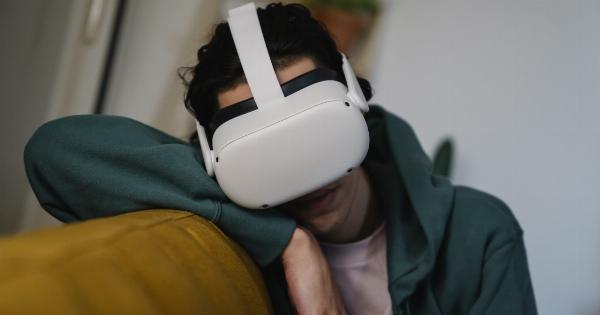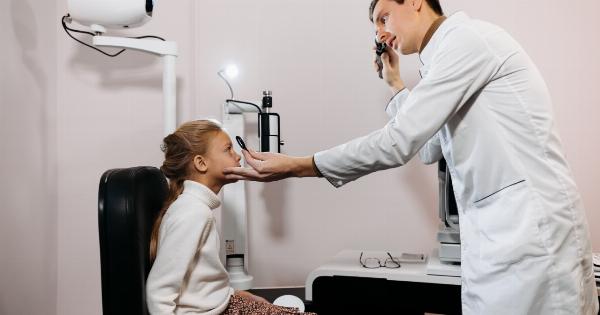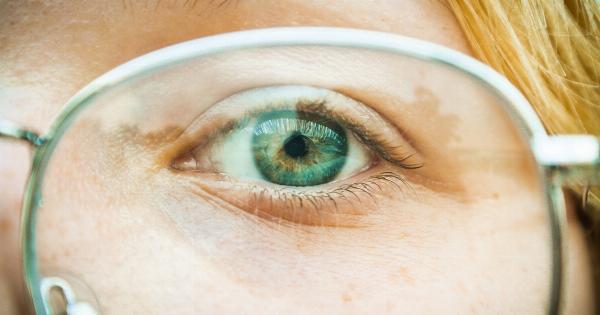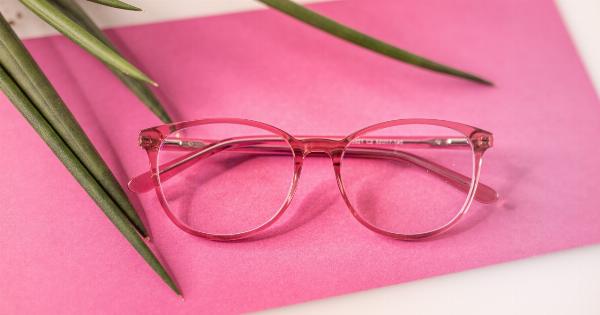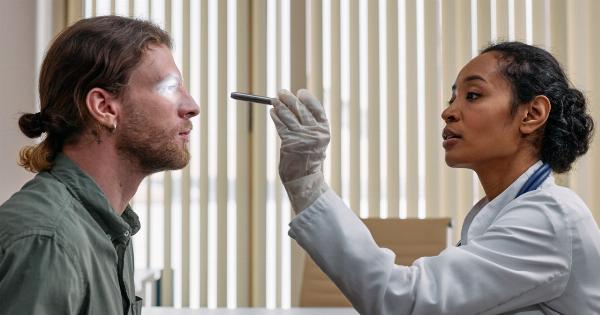Myopia, also known as nearsightedness, is a vision disorder that affects millions of people worldwide. It occurs when the eye is unable to focus light correctly onto the retina, resulting in blurry vision when looking at distant objects.
Those with myopia may also experience headaches, eye strain, and fatigue, making it difficult to perform everyday activities such as driving or reading.
How is Myopia Treated?
There are several treatment options available for myopia, including eyeglasses, contact lenses, and refractive surgery. Eyeglasses and contact lenses are the most common forms of treatment.
They work by altering the way light enters the eye, allowing the patient to see more clearly.
Refractive surgery, on the other hand, permanently reshapes the cornea to correct the patient’s vision. The two most common types of refractive surgery are LASIK and PRK.
LASIK involves creating a flap in the cornea and using a laser to reshape the underlying tissue. PRK, on the other hand, involves removing the outer layer of the cornea before using the laser to reshape the underlying tissue.
What is Waterfall Surgery?
Waterfall surgery, also known as cataract surgery, is a procedure that involves removing the cloudy lens of the eye and replacing it with an artificial one.
Cataracts are a common eye condition that can cause blurry or hazy vision, as well as sensitivity to light and glare. They are most commonly caused by the natural aging process, but can also be caused by injury or medication.
During waterfall surgery, the surgeon makes a small incision in the eye and uses ultrasound to break up the cloudy lens. The lens is then removed and replaced with an artificial one, known as an intraocular lens (IOL).
Waterfall surgery is a highly effective treatment for cataracts, with a success rate of over 98%.
Can Waterfall Surgery Correct Myopia?
While waterfall surgery is primarily used to treat cataracts, it can also be used to correct myopia. This is achieved by choosing an IOL with a specific power to compensate for the patient’s myopia.
The IOL is selected based on the patient’s individual needs and preferences.
There are several types of IOLs available, including monofocal, multifocal, toric, and accommodating. Monofocal IOLs are the most common type and provide clear vision at one distance.
Multifocal IOLs, on the other hand, allow the patient to see clearly at multiple distances. Toric IOLs are used to correct astigmatism, while accommodating IOLs work by changing shape to allow the patient to see at different distances.
What are the Benefits of Combining Myopia Correction and Waterfall Surgery?
Combining myopia correction and waterfall surgery offers several benefits. Firstly, it allows the patient to address two eye conditions at once, reducing the need for multiple surgeries. This can save both time and money in the long run.
Secondly, it allows the patient to achieve clear vision at a range of distances without the need for corrective lenses. This can be especially beneficial for those who frequently engage in activities such as reading or driving.
Finally, combining myopia correction and waterfall surgery can improve the patient’s quality of life by reducing the symptoms associated with both conditions. This can lead to improved overall health and well-being.
Is Waterfall Surgery with Myopia Correction Right for Me?
If you are considering waterfall surgery with myopia correction, it is important to speak with your eye doctor to determine if it is the right option for you.
They can help you understand the risks and benefits of the procedure, as well as discuss other treatment options that may be more appropriate for your individual needs and preferences.
Factors that may affect your eligibility for the procedure include the severity of your myopia, the presence of other eye conditions, and your overall health and medical history.
Conclusion
Myopia and waterfall surgery are two common eye conditions that can have a significant impact on a person’s quality of life.
By combining myopia correction with waterfall surgery, patients can address both conditions at once, improving their vision and overall well-being. If you are considering this option, speak with your eye doctor to determine if it is the right choice for you.





